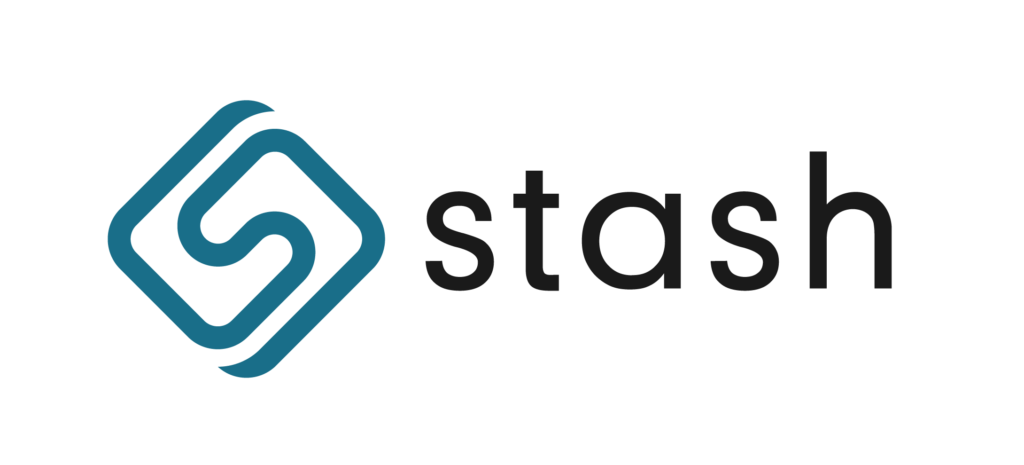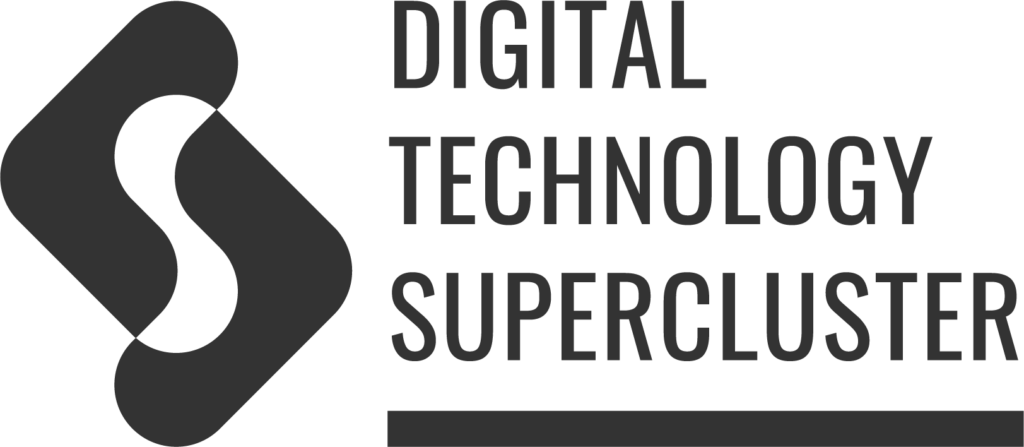Levels of Assurance (LOA) play a foundational role in the world of standards, digital identity, and digital transactions. Put simply, LOA is the degree of confidence in the validity of a claim, process, or authentication. In the sphere of digital identity, it is a necessary model to verify that the person or entity claiming an identity is the entity to which that identity was assigned.
Most Canadians don’t think too deeply about LOAs, and yet most Canadians interact with these models, unknowingly, at some point in their lives. For example, Canadian experience LOAs when opening a bank account, demonstrating qualifications for a government service or benefit, making an insurance claim, or wiring money to a client or family member.
Organizations that use LOAs to inform their policies and processes often have dedicated strategies and teams, working out contingencies and approaches to maximize security in Canada and internationally. These teams often face challenges interacting with other service providers, meeting different standards across jurisdictions, and minimizing friction for clients accessing their services.
How the Current LOA Model Works
Imagine two people, Samir and Aiya, are trying to apply for a small business loan. Both women have very strong credentials, a passport, driver’s license and the requisite business records. Samir and her credentials are linked through a knowledge-based authentication (KBA), and are accepted after answering a security question she previously populated about her father’s middle name. Aiko and her credential are linked with an in-person ceremony, as she went to her local bank branch with two pieces of identification and her business records to complete the loan application. Aiya’s scenario offers a stronger LOA and Samir’s a weaker LOA. Despite these differences, Canada’s federal LOAs currently dictate that Samir and Aiya both have the same assurance.
In Canada and many places around the world, it is common for LOA structures to combine a number of factors into a single score. The result is an obscured view of the risk factors and authentication. This lack of granularity into the LOAs of specific capabilities is a challenge present in the construct of LOA models around the world. The deciding factor regarding acceptance of an identity comes down to Relying Parties (parties who rely on the validity of identities) who determine their own risk profiles.
In this case, the relying party is the bank. The banker helping Samir and Aiya also benefits from a stronger LOA as they sign off on the business loan. In addition to building a stronger relationship with the client, they are able to manage their portfolio with confidence.
There is widespread agreement the current LOA model in Canada is inadequate. While LOAs serve a purpose, they are not transparent and dynamic enough to address the myriad digital solutions and scenarios of today. Internationally, single LOA schemes are no longer state of the art and today’s requirements necessitate separate evaluation for specific capabilities. In the DIACC community, there is consensus that there must be separate schemes for credentials and identity, at a minimum, in order to be useful in the widest possible range of scenarios and contexts. An improved assurance model should be capable of asserting identity and credentials at different levels.
Envisioning a New Risk-based Model for Assurance
A risk-based model offers a more enduring, user- and industry-friendly path forward that enables existing LOA schemes to participate while building for a more dynamic and scalable digital ecosystem. The notion of leveraging a risk-based model is highly applicable as the application of LOAs today are best determined by performing a threat or risk analysis. The risk-based model must address the likelihood and impact of something happening, and the appropriate mitigation approach.
LOA is essential in determining liability and risk; offering a clear understanding how a Subject (customer or citizen) and a Relying Party (company or government service) can validate that they are who they say they are. It is a central component in being able to determine whether a transaction should proceed.
The risk-based starts by assessing risk first and then the approach drives more value for organizations, as they confront the baseline of their current systems and assess risk realistically. It also helps adopters improve their systems through motivation to reduce or remove risks through various types of mitigation.
DIACC is on a mission to rapidly deliver a modern, risk-based LOA model that is…
- Risk-based
- Directive and illustrative
- Non-prescriptive in execution
- Evergreen
- Deterministic in implementation and assessment
- Congruent with existing state of the art and best practices
- Inclusive in support of both the private and public sector
- Supportive of evolving needs on credentials and bindings
The impact of this evolution is far-reaching, and will ensure that the Pan-Canadian Trust FrameworkTM is strong and resilient over time. This evolution takes a framework-wide approach to address interdependencies, independencies, and support communication across platforms. This new approach ensures scalability over time as technologies and their uses evolve.
DIACC has engaged a small, representative team to rapidly deliver a new model to support the PCTF, which launched September 15, 2020. The model will benefit from the DIACC’s well-documented peer and public review process. Members can contact info@diacc.ca to contribute. Non-members can get in touch to learn more.


